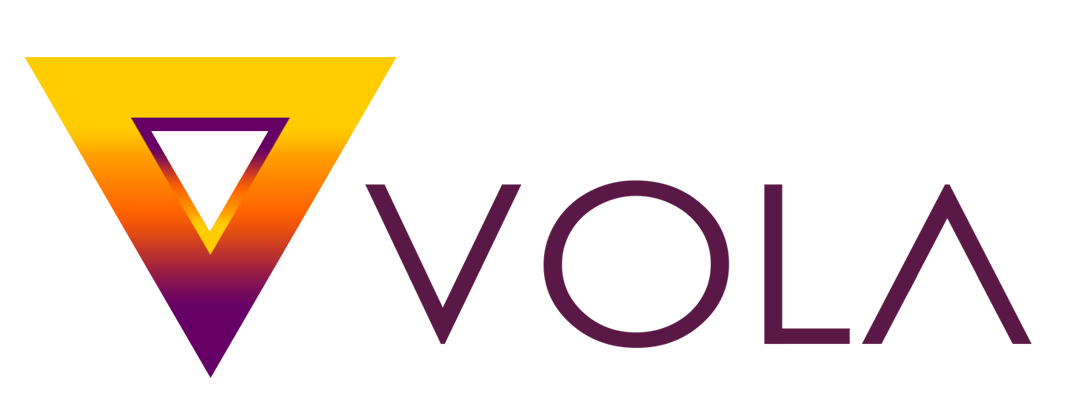Emerging Trends in Remote Patient Monitoring
Remote patient monitoring (or remote non-invasive monitoring, also known as non-invasive monitoring and evaluation, or NRPM) is the capability to monitor a patient’s critical signs from remote locations with various types of medical technology and imaging systems. These systems include computers, wireless devices, and even handheld digital medical units that can access different types of monitors. The benefit to remote patient monitoring is that it allows healthcare providers the ability to diagnose and treat conditions from remote locations, whereas before, they had no option but to perform these procedures at the office where the patient was located. Today, remote patient monitoring has many emerging trends in the healthcare industry that are bringing about numerous new healthcare opportunities and benefits.
Connected Care:
One of the most important aspects that have resulted from these new advances in patient monitoring is connected healthcare. Connected healthcare has come to mean that a device is able to communicate with a healthcare provider in real time about a patient’s condition. In the past, this was done through physical visits and telephone communications, which meant for any actionable insights, the healthcare provider had to be within reasonable distance of the patient. In addition, certain illnesses were excluded from being monitored, such as infections and other chronic conditions.
Biometrics:
Other developments in remote patient monitoring methods include the use of biometric identification to monitor patients. Biometrics is used to identify specific characteristics, including fingerprints and facial recognition. With the rising cost of healthcare, especially with the aging Baby Boomers, this is an extremely important factor for identification and security purposes. Future research will determine if these biometric identification systems can be used for other purposes, such as preventing fraud and helping prevent against theft. Other technologies will soon be developed which will allow for a much more complete picture of a person’s history.
Digital Sensors:
Another emerging technology in remote health monitoring systems is the incorporation of digital sensors. Wearable health technology sensors will monitor many aspects of the patient’s whole health ecosystem. That data is relayed and can be shared immediately with their doctors. This includes a variety of different types of sensors which are commonly used in hospitals today. These sensors may be used to detect irregularities in the patient’s blood sugar levels or in their temperature. They could also detect foreign objects in the patient’s body, such as foreign objects in the throat or in the eyes. Or they could detect physical activity on the part of the patient. There are many applications for which these types of sensors are currently being utilized.
Earlier Diagnoses:
One of the most exciting emerging applications is for emergency medical services to detect and treat conditions early on before they become worse. This is particularly true for conditions like diabetes, heart conditions, asthma, and more. By using remote monitoring, the physician can look for any unusual changes in the health of these patients in order to act quickly. Remote monitoring also allows for real-time notification of a heart attack to the nursing staff. This will allow for prompt treatment, which will hopefully save the life of the patient. Quicker response times lead by connected health technology will certainly improve survival rates.
Breaking Through Communication Barriers:
There are also a variety of other applications which make remote monitoring even more appealing. One is the fact that patients who are unable to communicate with their doctors have no way to express their discomfort or pain. Another emerging trend in communication is eliminating the language barrier. Through AI and predictive technology, language is being bypassed and using data, better communication can be had from connected care technologies and remote monitoring. For these reasons, there are a variety of devices now available that help patients report their daily activities, these devices work independently of any language or communication barriers.
Final Thoughts on Emerging Trends:
This article was designed to give an overview of remote monitoring systems and to review some of the applications which are currently available. It is meant to give an idea of the ways that illnesses can be monitored and to assist healthcare professionals in providing the best care for their patients. Remote patient monitoring systems are steadily growing in popularity and now appear to be replacing many of the traditional ways that healthcare professionals to monitor their patients.

